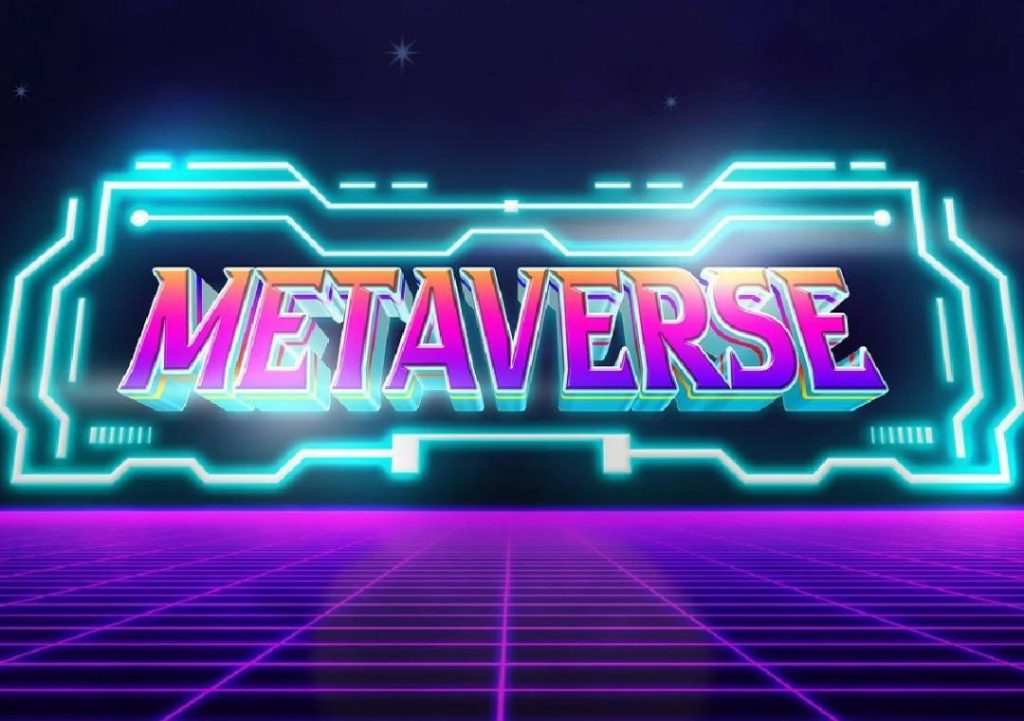
What’s Real vs Myth in the Metaverse’s Future?
The metaverse, a term coined by science fiction author Neal Stephenson in 1992, has long been a topic of fascination and speculation. The concept of a virtual world where humans can interact, work, and play has captivated our imagination. As technology advances, the metaverse is slowly becoming a reality. However, amidst the hype and excitement, it’s essential to separate fact from fiction. In this blog post, we’ll explore what’s real and what’s myth in the metaverse’s future.
Myth: The Metaverse Requires VR Headsets
One of the most common misconceptions about the metaverse is that it requires Virtual Reality (VR) headsets to access. While VR headsets can provide an immersive experience, they are not the only way to interact with the metaverse. In fact, many metaverse platforms can be accessed through phones, desktops, or even laptops. The metaverse is not limited to gaming or entertainment; it’s a vast digital space that can be used for various purposes, including work, education, and social interaction.
Reality: The Metaverse is Accessible Through Multiple Devices
The metaverse is designed to be device-agnostic, allowing users to access it through a range of devices. This means that you can use your phone, tablet, or desktop to enter the metaverse and interact with others. This accessibility is one of the primary advantages of the metaverse, as it eliminates the need for specialized hardware or software.
Myth: The Metaverse is Limited to Gaming
Another common misconception is that the metaverse is limited to gaming. While gaming is one of the most popular applications of the metaverse, it’s not the only use case. The metaverse has the potential to revolutionize various industries, including:
- Enterprise: Companies can use the metaverse to create virtual offices, enabling remote work and collaboration. Virtual offices can also be used for training and onboarding new employees.
- Education: The metaverse can provide immersive learning experiences, making education more engaging and effective.
- Healthcare: Virtual reality can be used to treat mental health conditions, such as anxiety disorders, and provide therapy to patients.
- Retail: The metaverse can be used to create interactive and immersive shopping experiences, allowing customers to try products virtually before making a purchase.
Reality: The Metaverse Has a Wide Range of Applications
The metaverse has the potential to transform various industries and aspects of our lives. It’s not limited to gaming or entertainment; it’s a platform that can be used for a wide range of purposes. As the technology continues to evolve, we can expect to see even more innovative applications of the metaverse.
Myth: The Metaverse is a New Concept
While the term “metaverse” may be new, the concept is not. The idea of a virtual world has been around for decades, dating back to the 1960s and 1970s, when computer scientists and engineers began exploring the concept of virtual reality. The metaverse is an evolution of these early ideas, combined with advances in technology and the rise of social media.
Reality: The Metaverse is an Evolution of Early Concepts
The metaverse is not a new concept, but rather an evolution of earlier ideas. The technology and infrastructure are in place, and the metaverse is slowly becoming a reality. As the metaverse continues to evolve, we can expect to see even more innovative applications and uses cases.
The Future of the Metaverse
As we move forward, it’s essential to separate fact from fiction and understand what’s real and what’s myth in the metaverse’s future. The metaverse is not a new concept, but it’s an evolution of earlier ideas. It’s accessible through multiple devices, and it has a wide range of applications, from gaming and entertainment to education and healthcare.
In the future, we can expect to see even more innovative applications of the metaverse, as technology continues to evolve. The metaverse has the potential to transform various industries and aspects of our lives, and it’s an exciting time to be a part of this journey.
Conclusion
The metaverse is a fascinating concept that has captured our imagination. As we move forward, it’s essential to separate fact from fiction and understand what’s real and what’s myth in the metaverse’s future. The metaverse is not limited to gaming or VR headsets; it’s a platform that can be used for a wide range of purposes. As technology continues to evolve, we can expect to see even more innovative applications and uses cases. The metaverse is an exciting and rapidly evolving field, and it’s an honor to be a part of this journey.
Source:
https://www.growthjockey.com/blogs/metaverse-myths-realities-and-the-future






